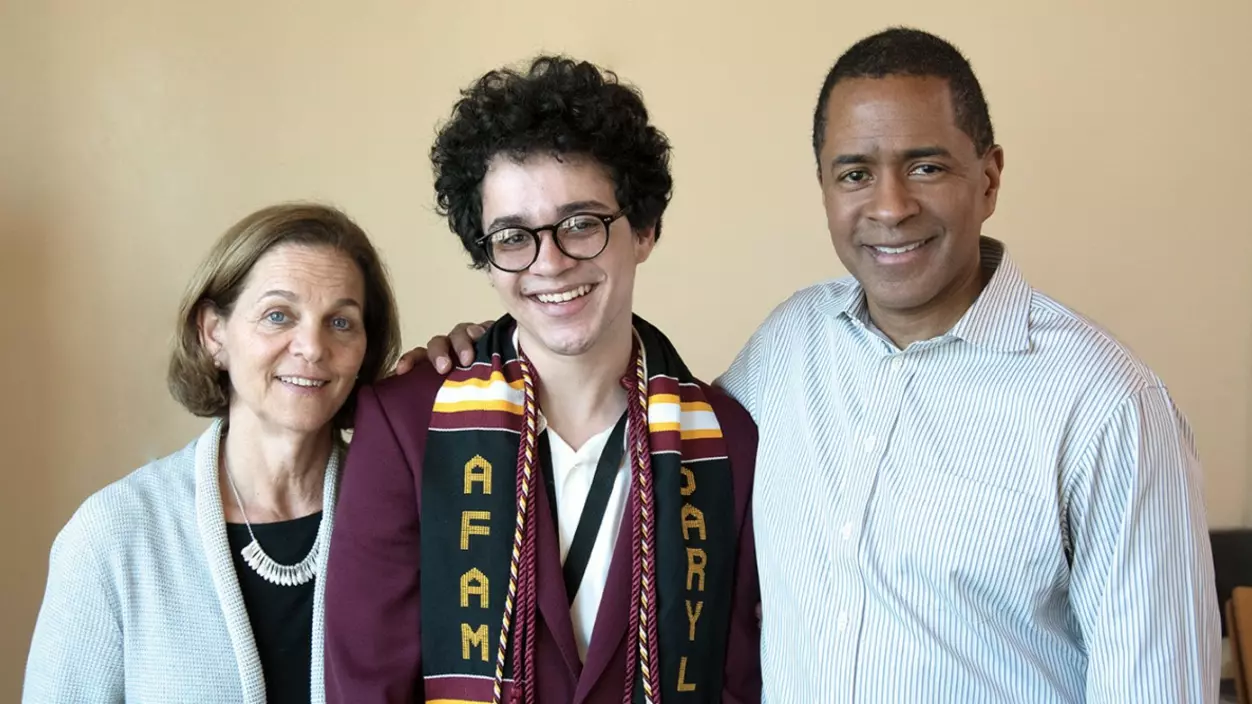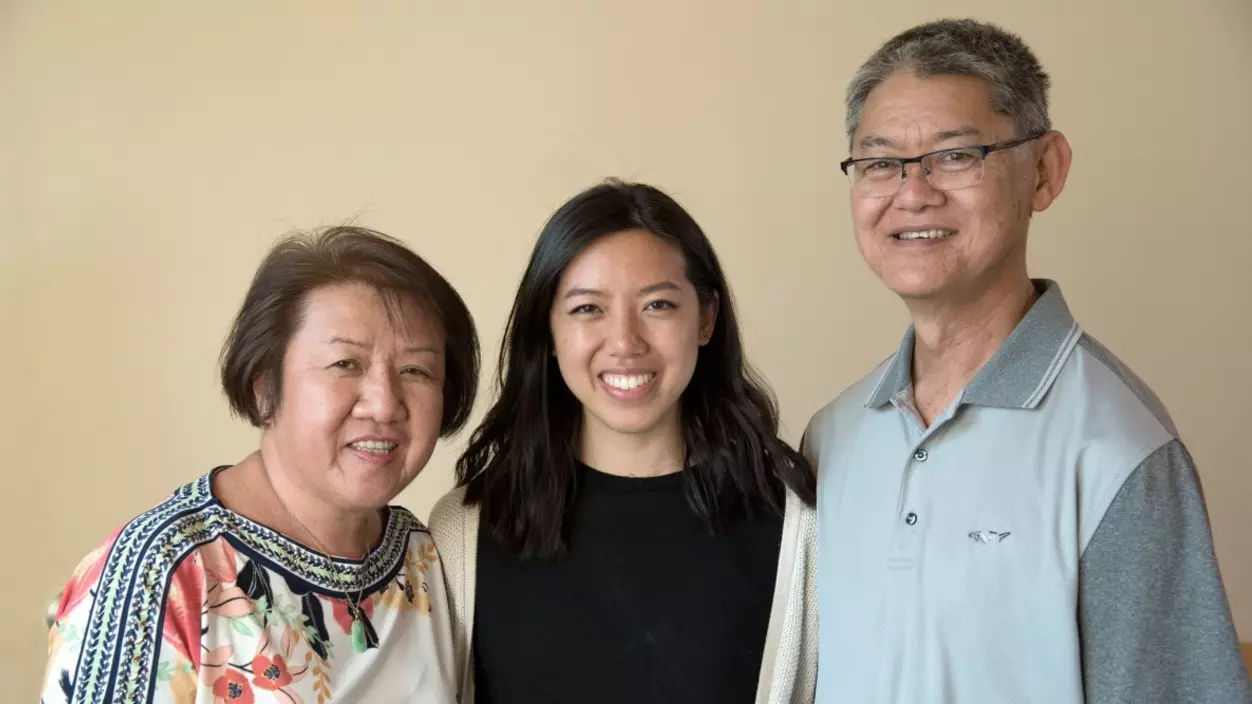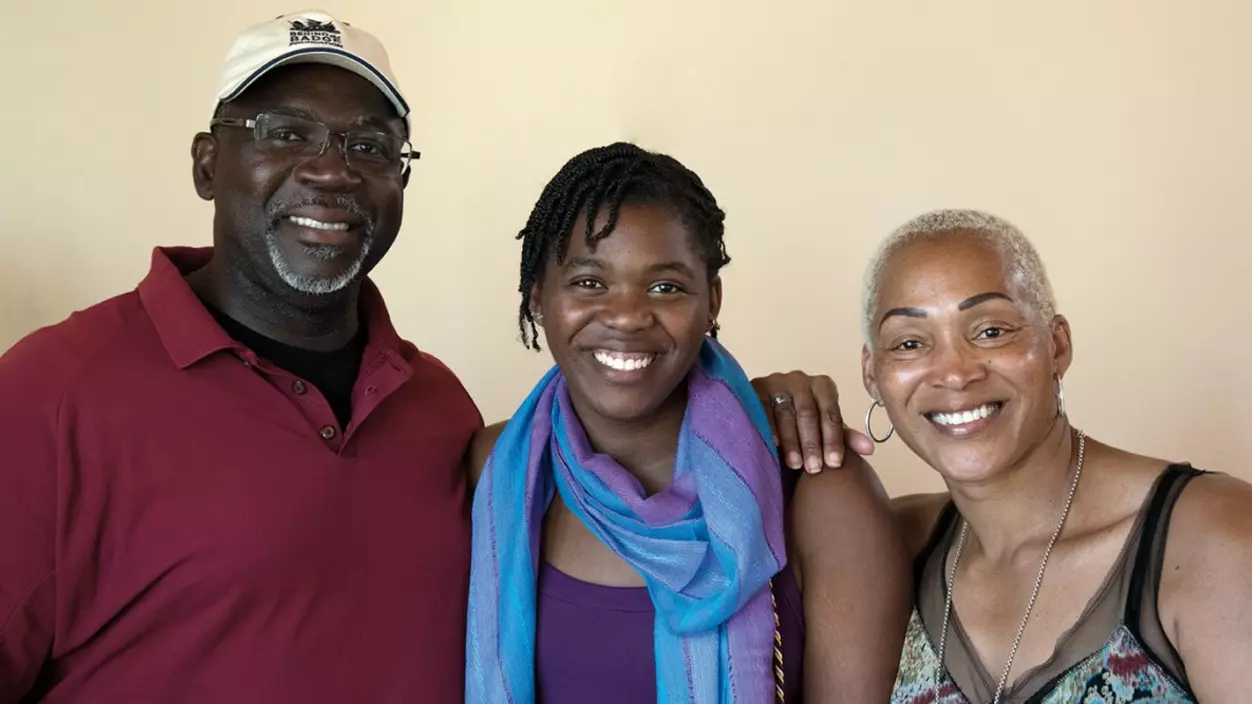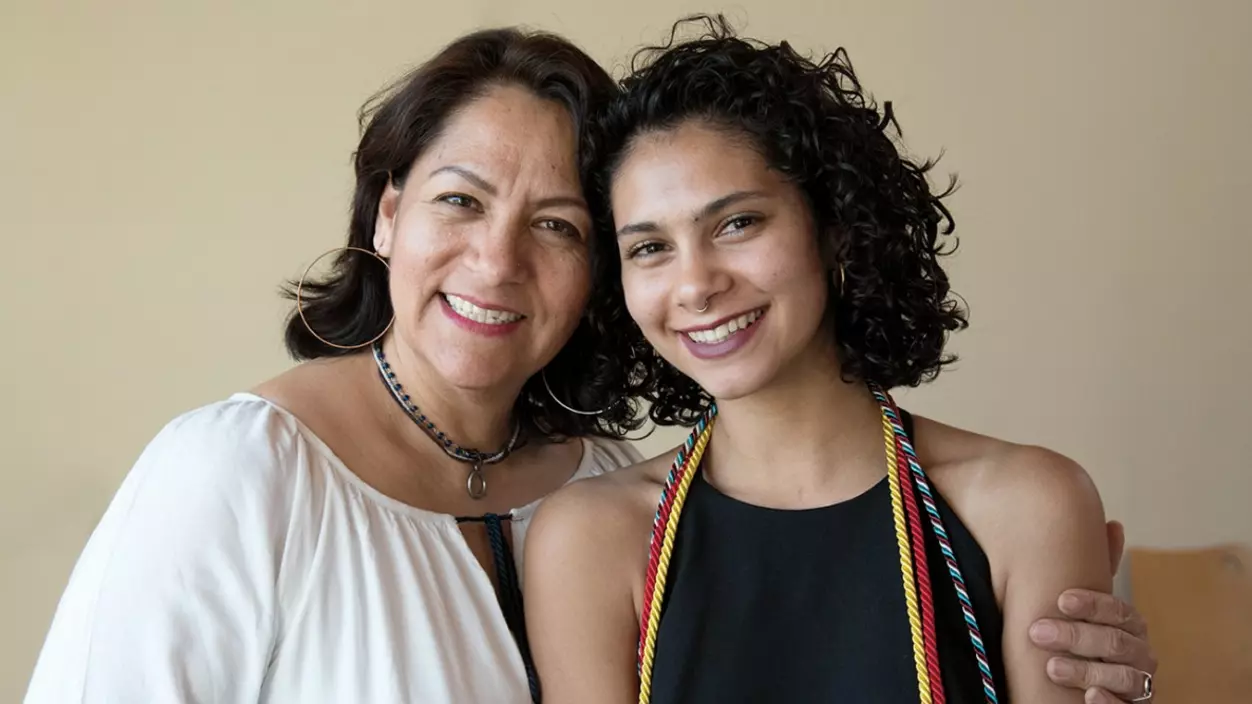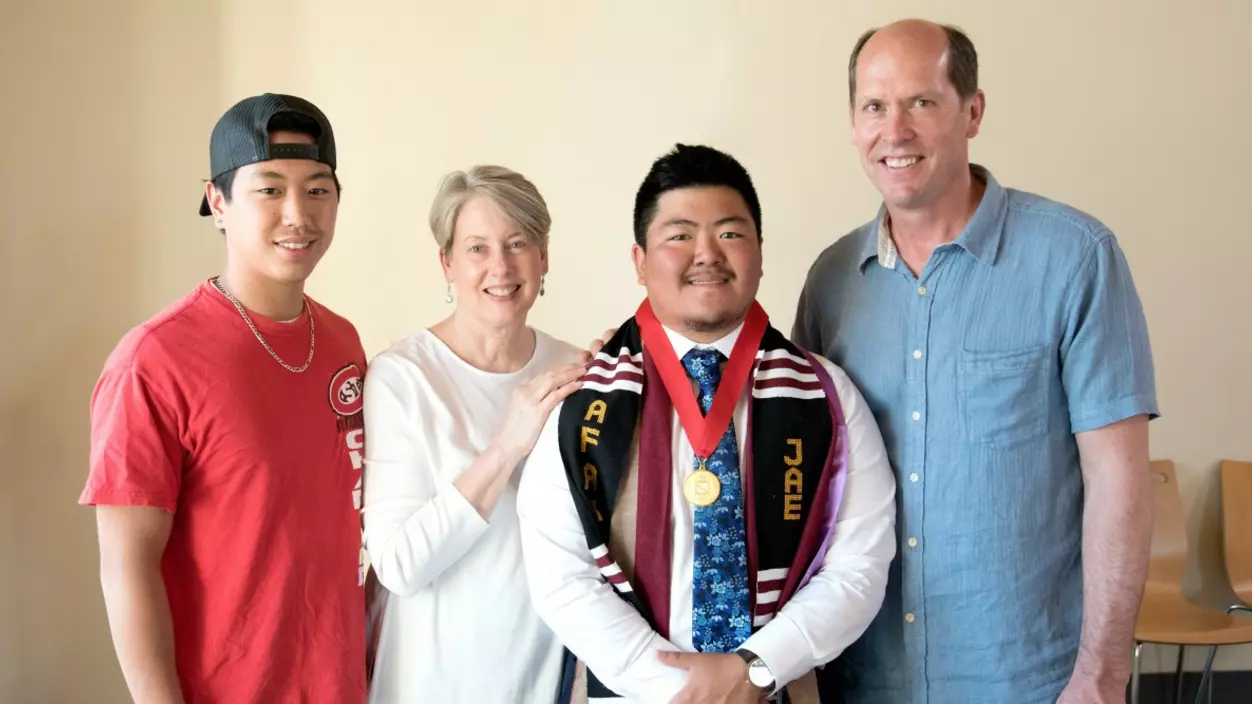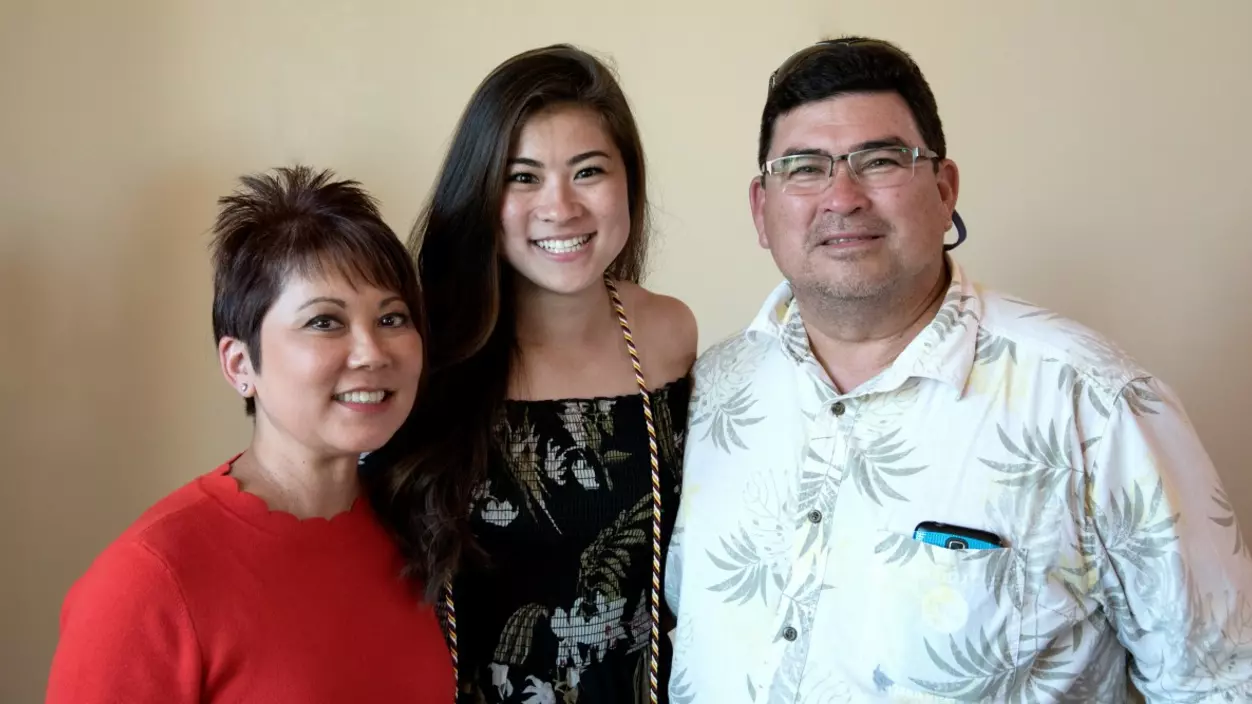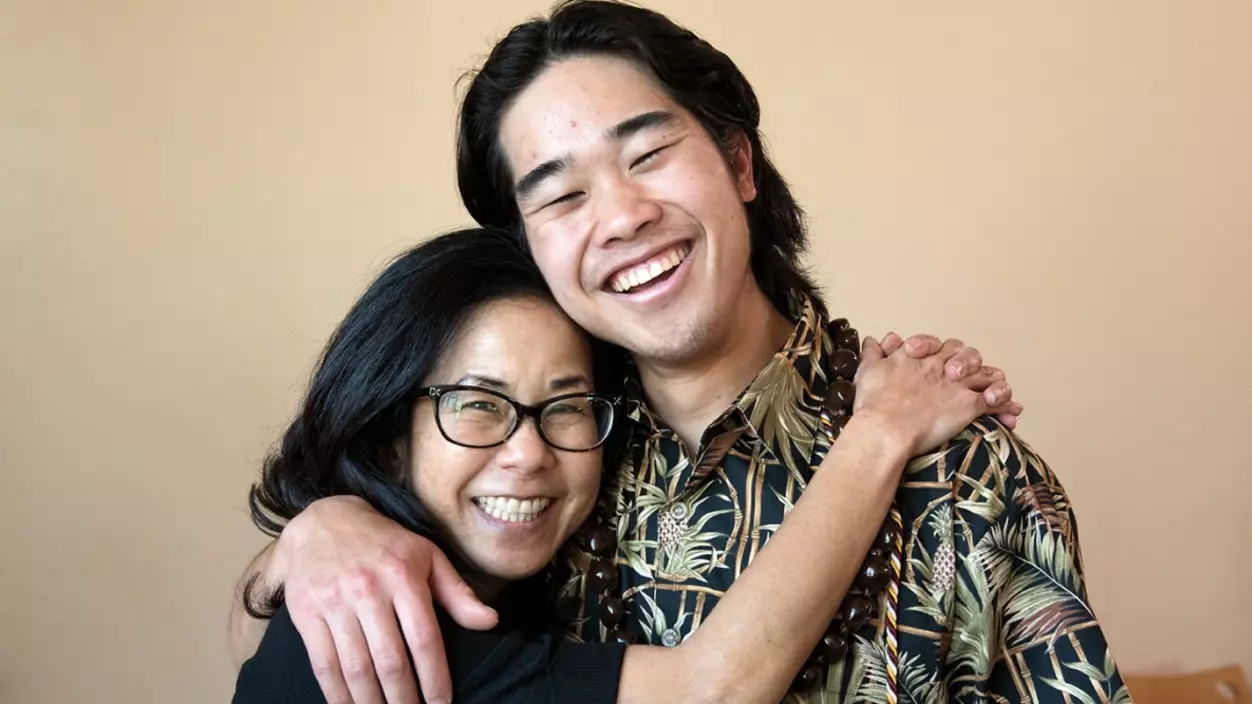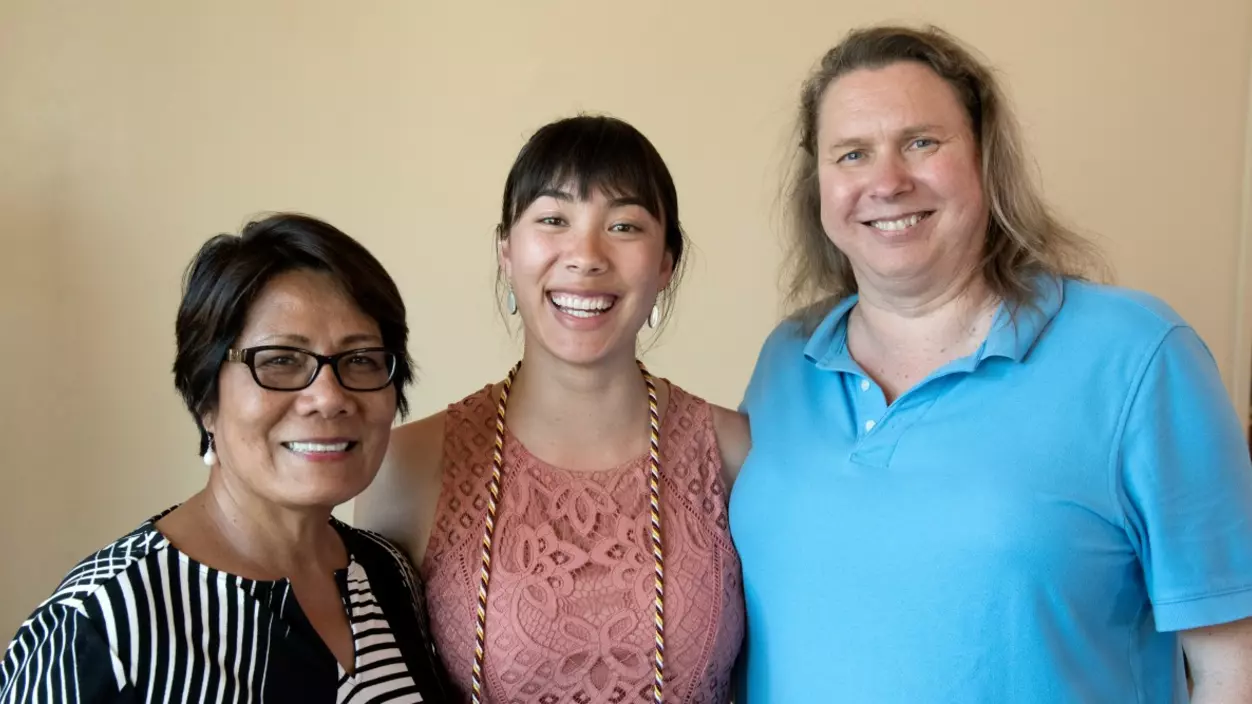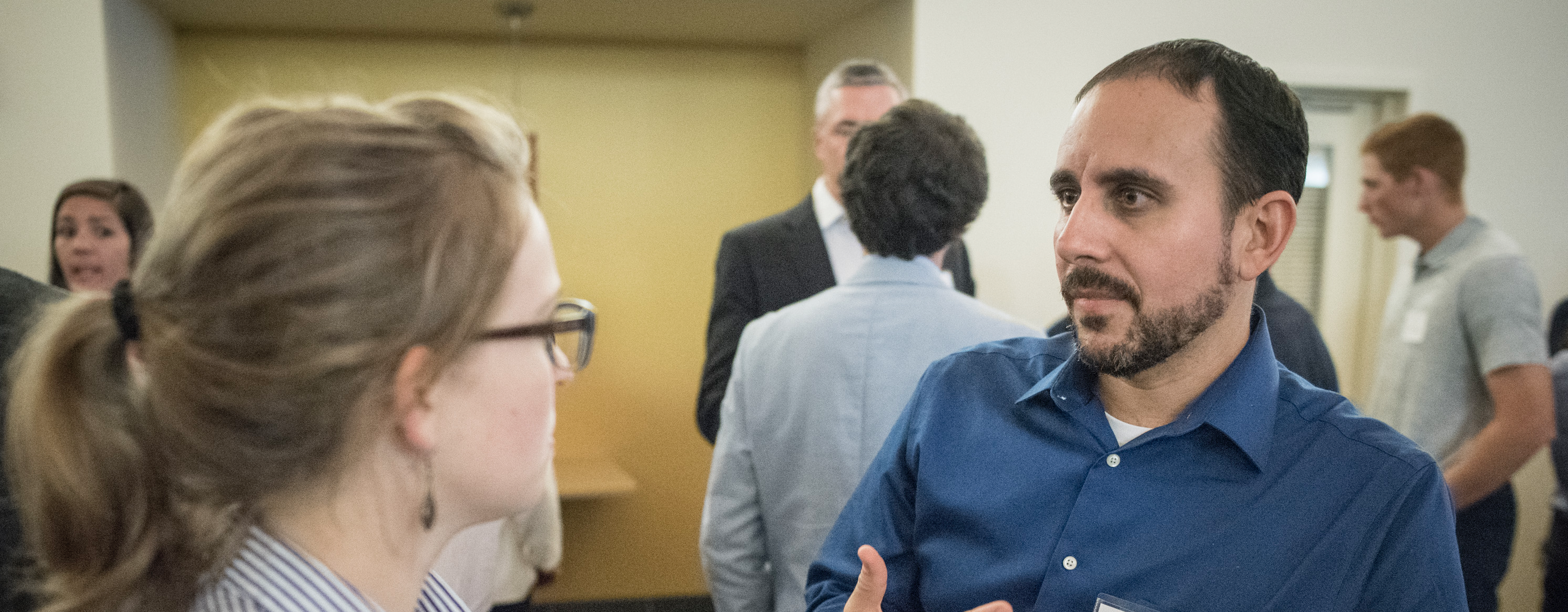Part love letter, part rallying cry, Associate Professor Renee Simms writes an anthem for the Class of 2018
Once there was a woman from America’s heartland who was black and imperial and seated at a desk. Her right hand clasped a Dixon Ticonderoga No. 2 pencil, which she held above a yellow legal pad. There, the woman brightly considered her next word. This was her work each day, predawn. “It’s not being in the light,” she’d say, “it’s being there before it arrives.” Her written words would become novels that one reader would later describe as “love and disaster and all other forms of human incident.” Her name was Chloe, the Greek goddess of agriculture, a word that she would later scratch and revise.
I am trying to tell a story of becoming. Becoming firm in one’s purpose. Arriving each day with a pencil in hand to do the work that only you can do. I am trying to tell a story of becoming fearless. Becoming unafraid of challenges or darkness or change. Becoming unafraid of your own imagination. Most of all, I am trying to tell a story of becoming fully human, like Chloe: fully human in what you write, in the words you speak, and in your daily encounters and decisions.
Not becoming perfect, but becoming human.
